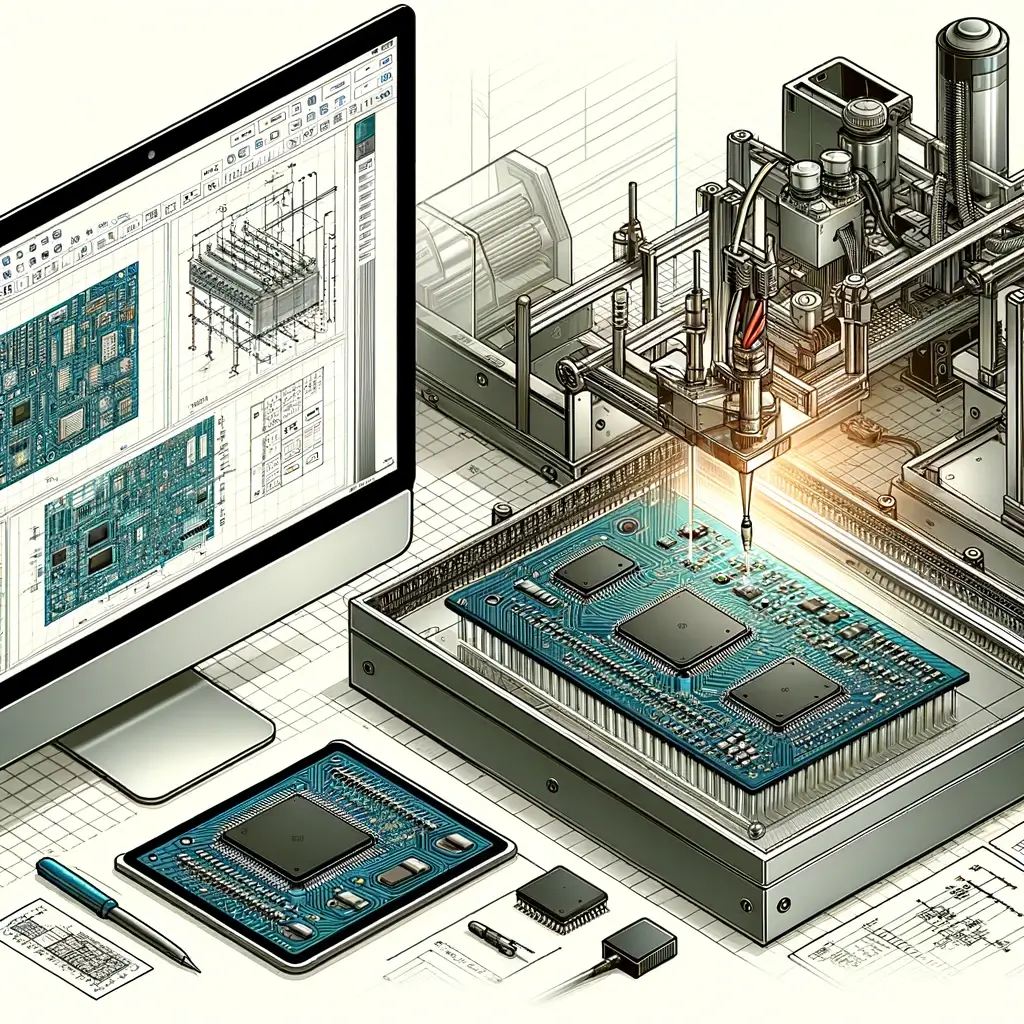Metal Core PCB – Choose the Right One for Specific Applications
Metal Core PCB (MCPCB) or Metal Clad PCBs are mostly used in applications where heat dissipation is required. These PCBs combine the features of aluminum and copper PCBs, thus providing an effective combination of electrical, mechanical, and thermal properties. Due to their heat-dissipating ability, MCPCBs are commonly used in high-intensity lighting, power supplies, and automotive applications. However, choosing the right MCPCB for your specific application can be tricky. In this article, we will discuss the factors to consider while choosing an MCPCB suitable for your application.
1. Thermal Conductivity
The thermal conductivity of an MCPCB is a measure of its ability to transport heat. Higher thermal conductivity values mean the MCPCB can dissipate heat more effectively. The thermal conductivity values vary for different types of metals, with aluminum and copper being the most commonly used. In general, copper has better thermal conductivity than aluminum, thus making copper MCPCBs better suited for high heat dissipation applications.
2. Dielectric Constant
The dielectric constant (Dk) of an MCPCB determines its electrical insulation properties. Dk values vary between different types of substrates, with the most commonly used being FR-4 epoxy and polyimide. MCPCBs with low Dk values are better suited to high-frequency applications, as they reduce the signal loss caused by the substrate.
3. Ruggedness
The MCPCB’s ruggedness will depend on the application it’s going to be used for. If it’s going to be used in an application that requires high shock or vibration resistance, the MCPCBs must have the necessary ruggedness. Copper-based MCPCBs are generally more rugged than aluminum-based ones due to copper’s ability to handle mechanical and thermal stress.
4. Solderability
The MCPCB’s solderability is crucial because it affects the ease and quality of assembly. The choice of metal for the MCPCB plays a critical role in determining its solderability, with copper-based MCPCBs being easier to solder compared to aluminum-based ones.
5. Cost
The cost of the MCPCB will always be a critical factor when selecting the right one for the application. Copper-based MCPCBs are generally more expensive than aluminum-based ones, but they offer better thermal conductivity, improved ruggedness, and better solderability. However, in situations where cost considerations are a top priority, Aluminum-based MCPCBs may be the more economical choice.
Conclusion:
When choosing an MCPCB for your specific application, it’s crucial to consider the thermal conductivity, dielectric constant, ruggedness, solderability, and cost of the MCPCB.
If you’re unsure which MCPCB is best suited to your application, seek the help of an experienced MCPCB manufacturer or supplier.
An experienced provider can help guide you in selecting the best MCPCB for your specific application and ensure that your needs are met within your budget.
With the right MCPCB, you can achieve optimal performance and reliability, giving you the edge over the competition.



